The liquescent portals of Yves Tanguy's Surrealist paintings
The runny, morphing shapes and nodes of Yves Tanguy, the art-focused women of his life, and seeing his art in Venice.
❥ This email may be truncated in your inbox. To make sure you are reading the entire post, please move yourself along to a web browser!
More from me + Absolument can be found in these places:
Website | Instagram | Shop Absolument | Book Recs - Merci, thank you tons and tons for reading!
Everything about Yves Tanguy makes sense when viewed simultaneously: his interestingly French name [EVE TAWN-GHEE]; the exaggerated, jutting, and pointed sculpting of his sparse hair; and the swooped and melted mounds of his painting’s forms. There’s something illegible and alien in all of it. Yves Tanguy equals eccentricity! One can’t help but feel a warmth toward him, though. Is it his smile, which makes his features seem more human and undeniably softer? For some, it’s his paintings’ promises of an escape. With eyes to his canvas—which recall the bizarre depths of sea, space, or the imagination—one morphs.

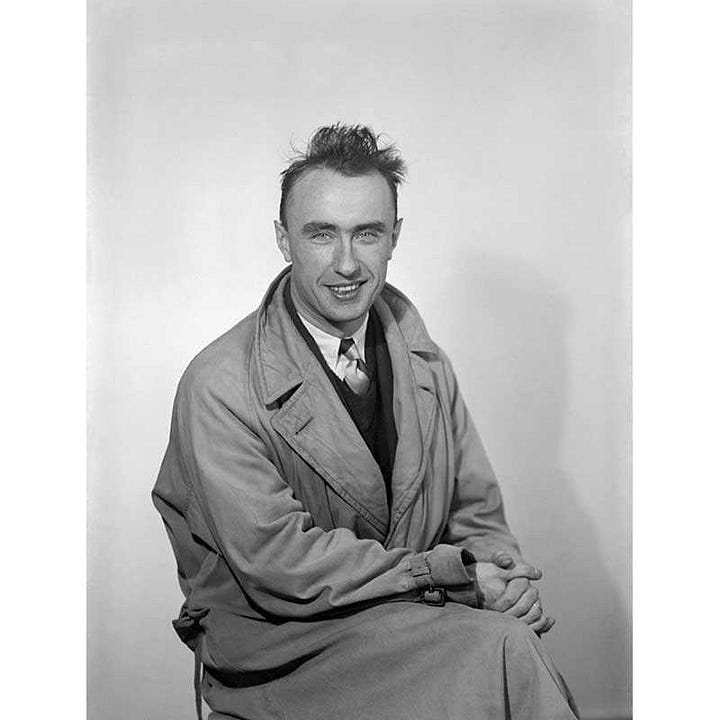
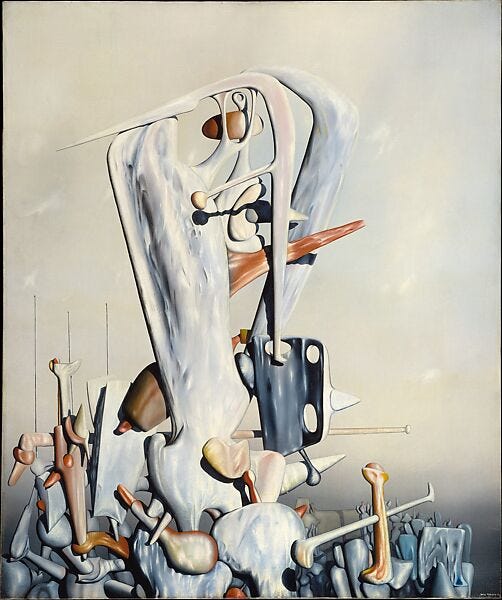
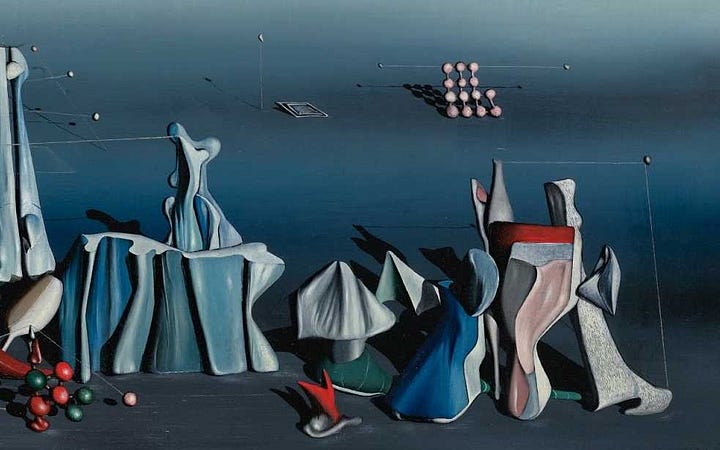
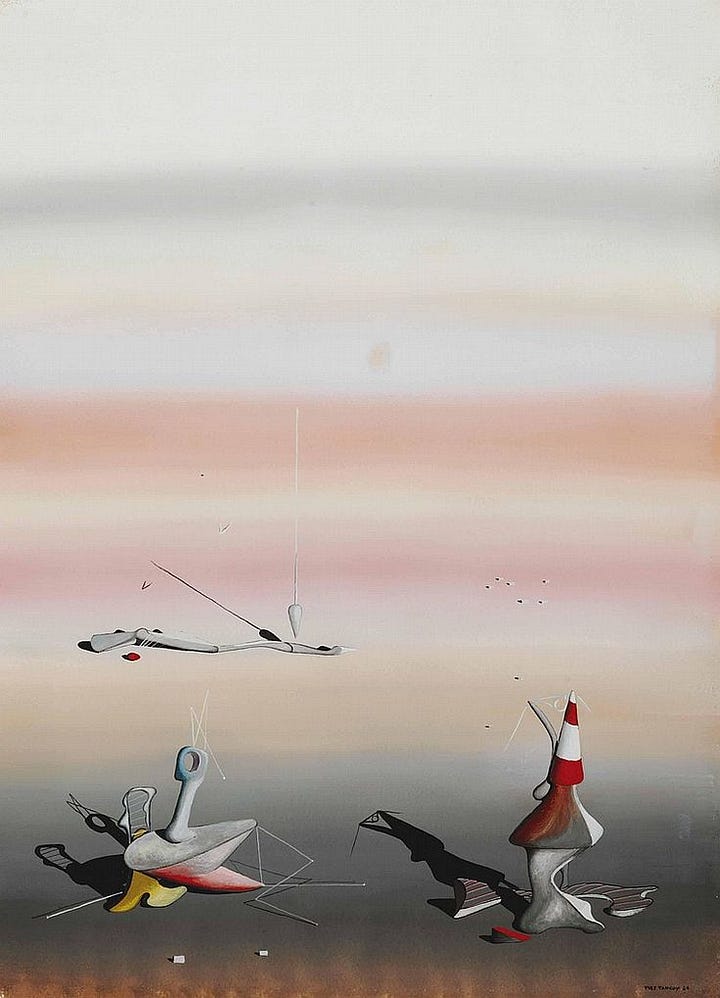
Peggy Guggenheim, on her friend Yves:
The editor of Connoisseur, Mario Amaya, called Peggy in the late 1970s—just before she passed away—for an interview for the appropriately-named magazine Interview. Thanks to her enthralling and telling autobiography (a writing as juicy as Tanguyian wet forms), it was generally known that besides her tremendous support of Tanguy’s oeuvre, they were at one brief point amidst a romantic affair. She knew him from all angles, artistically and otherwise!
AMAYA: I often heard Roland Penrose talk of that period and he left me with the impression that there was a great hostility toward Surrealism.
GUGGENHEIM: Really. Well there was no hostility towards Yves Tanguy. He had quite a great success in London. You know Tanguy found himself rich for the first time in his life. He was a simple man from Brittany who had been in the Merchant Marine for years. He was completely unpretentious. He first came to [André] Breton in 1926 and joined the Surrealists.He was at one time mad, but he had a lovely personality: modest and shy. You know he painted a little pair of earrings for me and I ruined one by putting it on before it was quite dry. The first set were pink, but the second replacement was blue.
He also did a little phallic drawing for my cigarette lighter which Dunhill engraved. Unfortunately, I left it in a taxi.
AMAYA: I liked the story in your book where you explain that Tanguy didn’t understand the value of money. He must have been enchanting.
GUGGENHEIM: Yes, but very childlike. If he wasn’t so childlike, I would have married him.
In 1938, Tanguy exhibited in a show at Peggy’s Guggenheim Jeune gallery in London. As a gift for Peggy, Tanguy created two pearl-suspended earrings that supported miniature gold oval frames. Inside were two impossibly small oil paintings—his smallest work ever made.
Four years later, Peggy wore one of the earrings during the opening of her Manhattan gallery, Art of This Century, counterpointed by a second earring by modern sculptor Alexander Calder. The Peggy Guggenheim Collection writes that this ear-centric pairing was “to signal her impartiality towards Abstraction and Surrealism.” It’s tough to choose between the two art movements when deciding which you favor most—Peggy felt this deeper than anyone.
Seeing Tanguy at Peggy’s palazzo in Venice:
Last October, I spent a week floating physically and metaphysically in Venice, Italy. I was celebrating my husband and I’s honeymoon, but also my internal cultural explosion, as I was in Italy for the first time. The only plan I had besides kissing while crossing over every Venetian bridge was to visit Peggy Guggenheim’s former palazzo-turned museum.
While there, I gravitated to Tanguy’s paintings the quickest—almost feeling like I was a piece in his pictorial landscapes. Again, that melting, floating experience came to me, heightened by the dosage of water all around us in Venice. It was an unfamiliar land filled with nocturnal waves, mysteries, and a melodic language. Venice is a Tanguy painting.
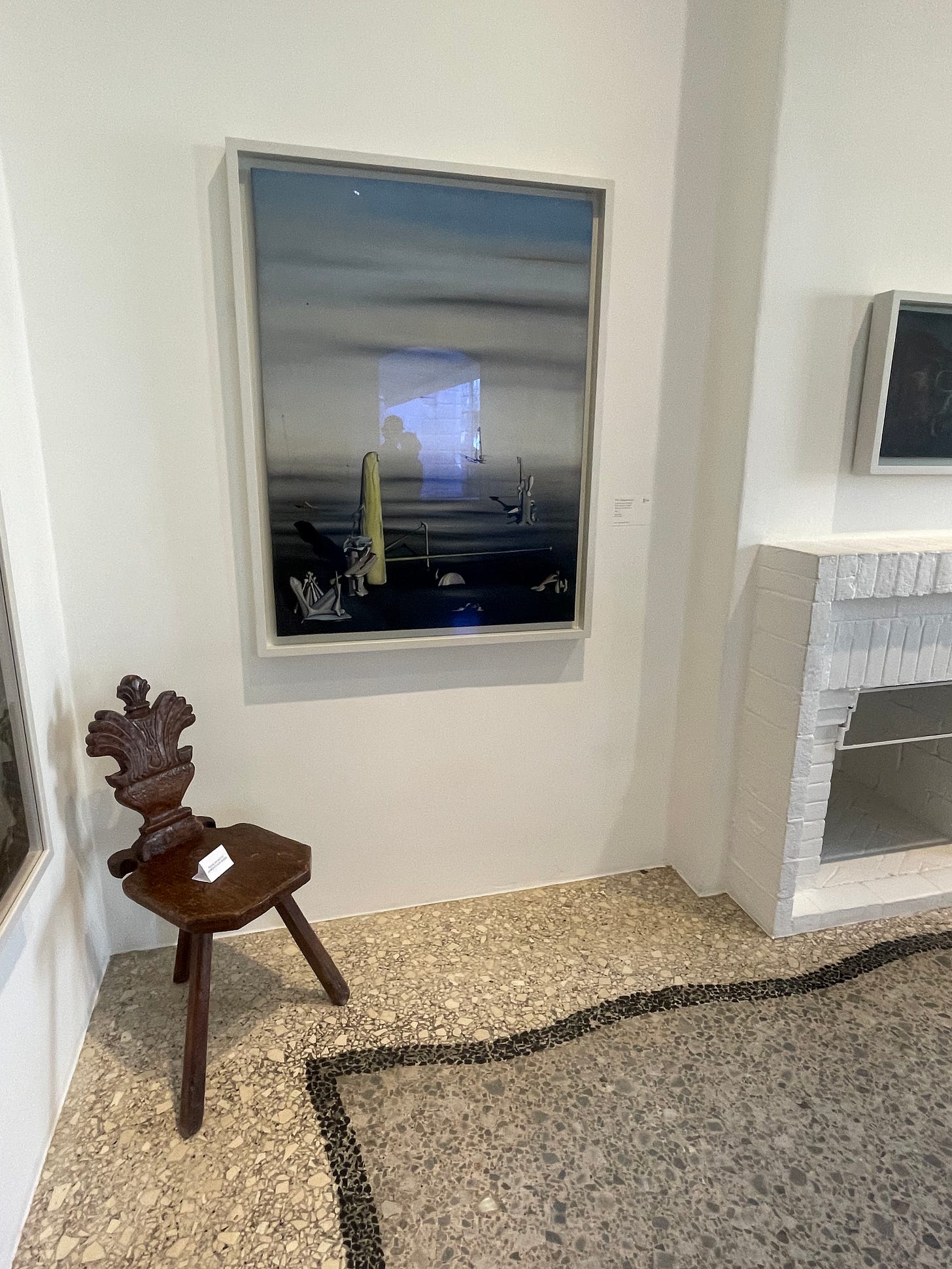
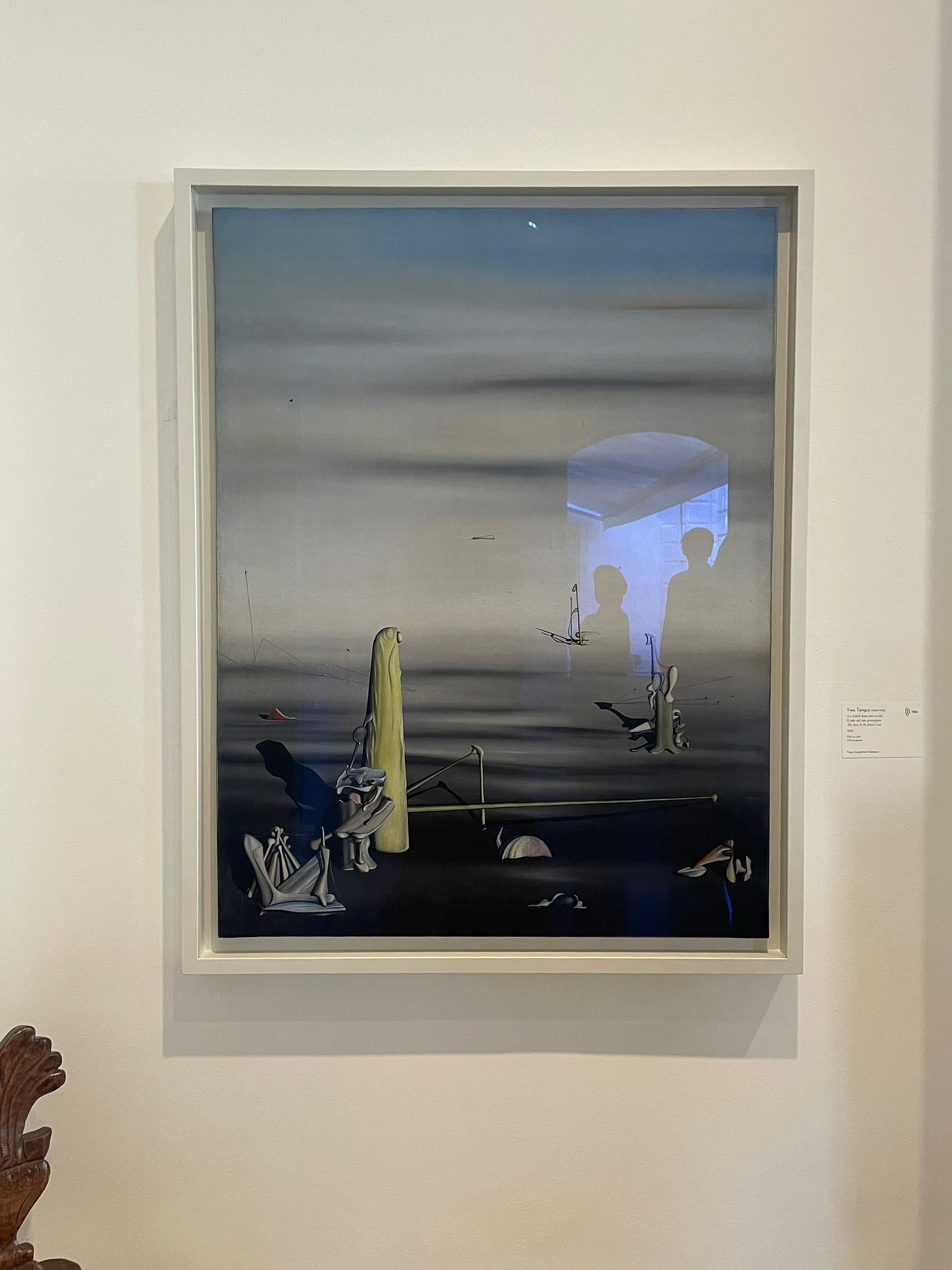
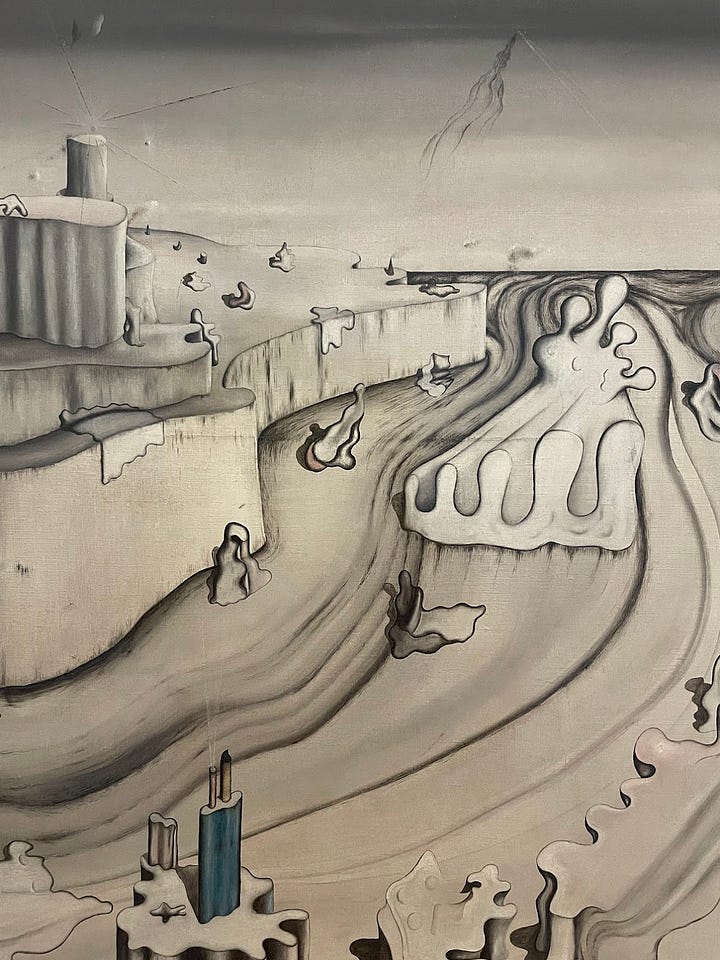

Tanguy married a like-minded painter:
Speaking of weddings and lifelong partnerships! Yves was introduced to painter Kay Sage, who had developed her art practice after studying and painting throughout Rome, England, Italy, and Paris. In her 1937 move to the latter, she was introduced to the Surrealist circle. The one who pivoted her life most was Tanguy, and they were married three years later. She was quick to develop her signature style and lively in her ambition to publicly exhibit her work and the art of fellow Surrealists. Tanguy’s work ran parallel to hers until his death from leukemia in 1955.
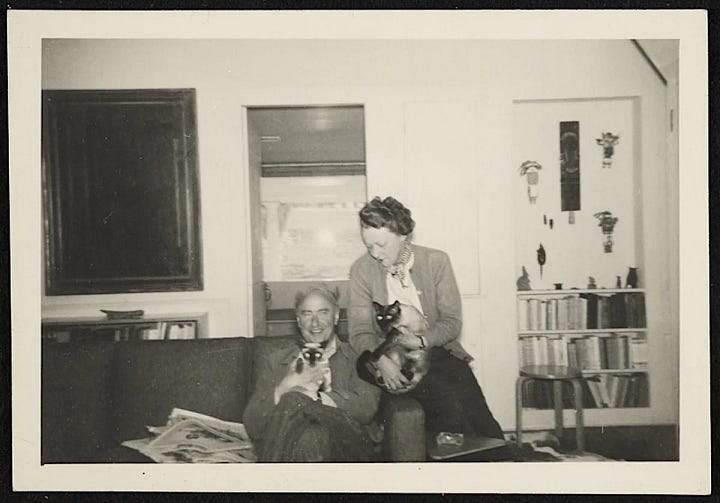
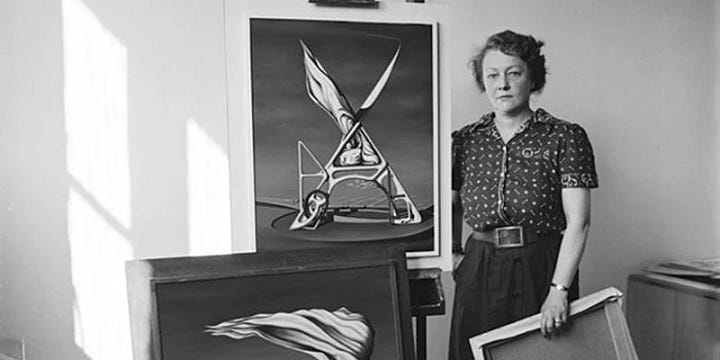
The New York Times described the couple “as a closed system, a two-person circuit of influence,” while writing about a joint retrospective in 2011 at the Katonah Museum of Art. “Their union was remarkably equitable, even by modern standards, though it may also have been artistically suffocating. . .Although Sage and Tanguy lived in America in the 1940s and ’50s, they were out of sync with American painting of the time. Unlike their fellow Surrealists and Connecticut neighbors Matta and [Arshile] Gorky, they did not make the leap to Abstract Expressionism. As late as the early 1950s, with Pollock and de Kooning ascendant, they were still fixated on de Chirico.”
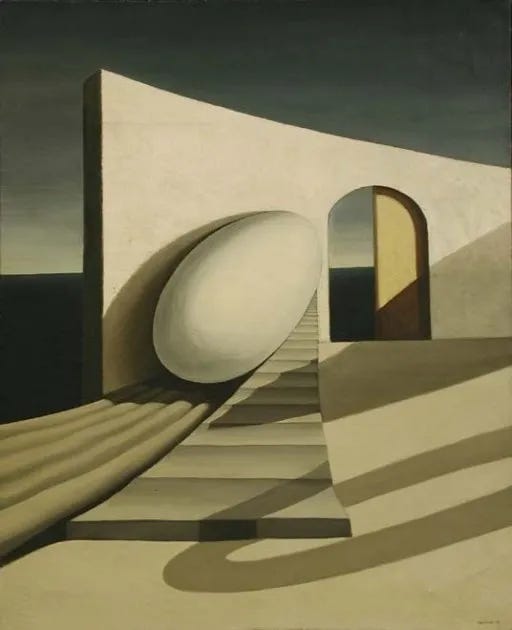
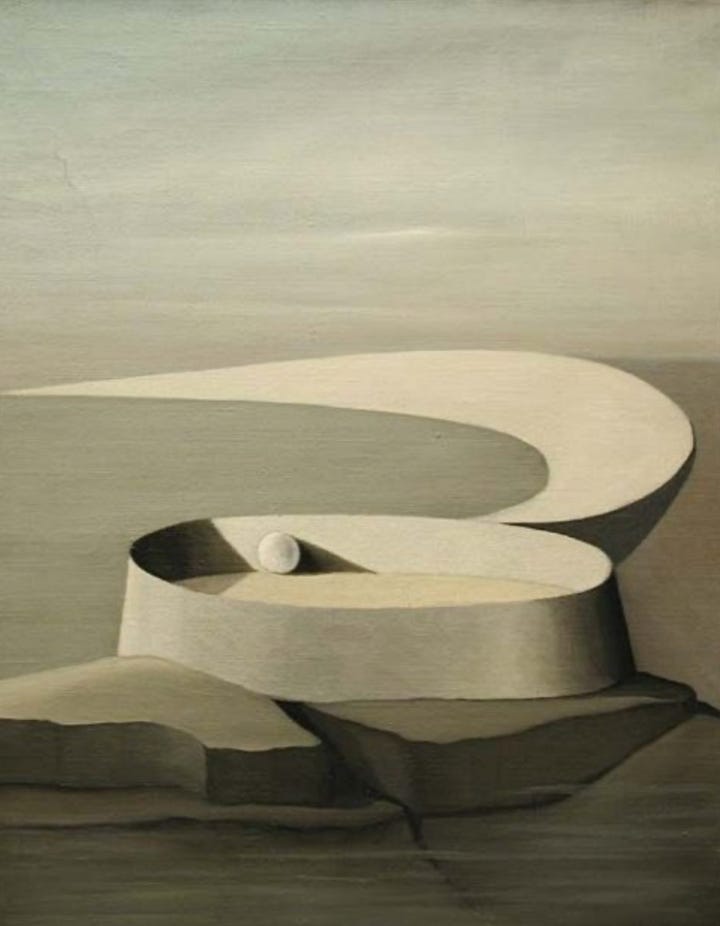
**
Tell me what you think of Yves Tanguy!
Kelsey Rose
Website | Instagram | Shop Absolument | Book Recs
*cover image: Yves Tanguy’s Les Jeux nouveaux, 1940, collaged with portrait by Man Ray, 1936.
The Not-Trespassing Tour of SURREALISM
❥ A map of Surrealist spots to celebrate 100 years since André Breton's manifesto met the world. Including the Spanish seaside home of Salvador Dalí, Lee Miller's English haven, and the Surrealist meet-up spots in Paris.





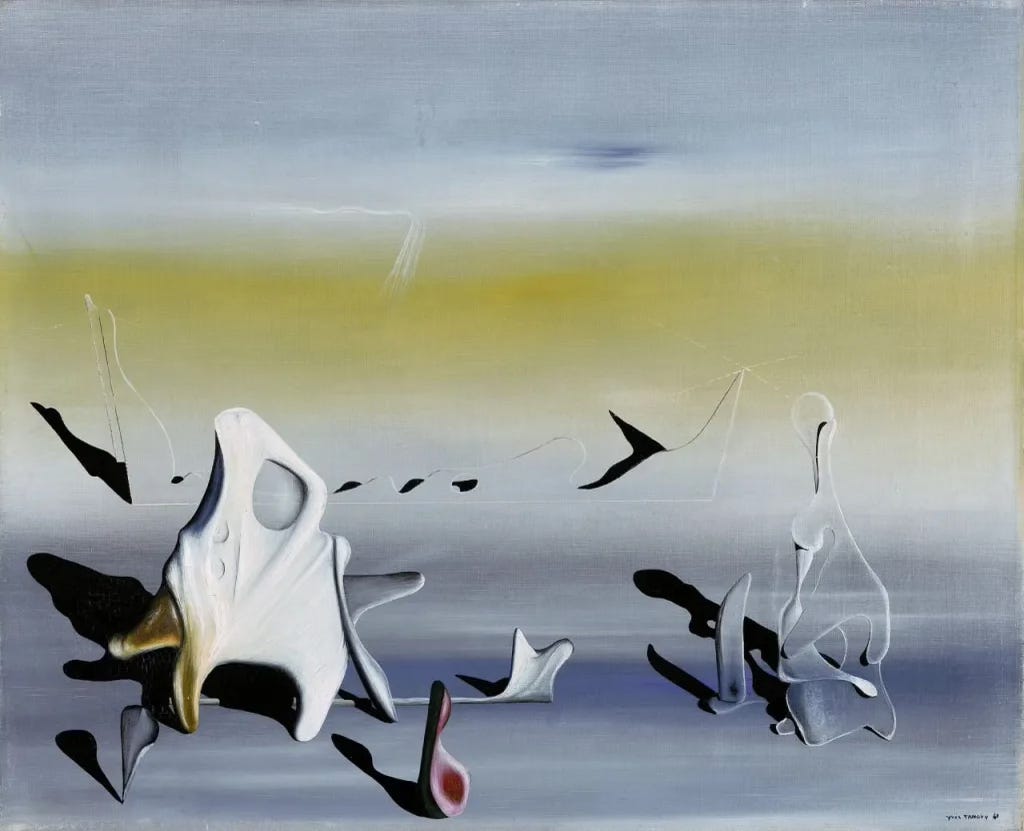
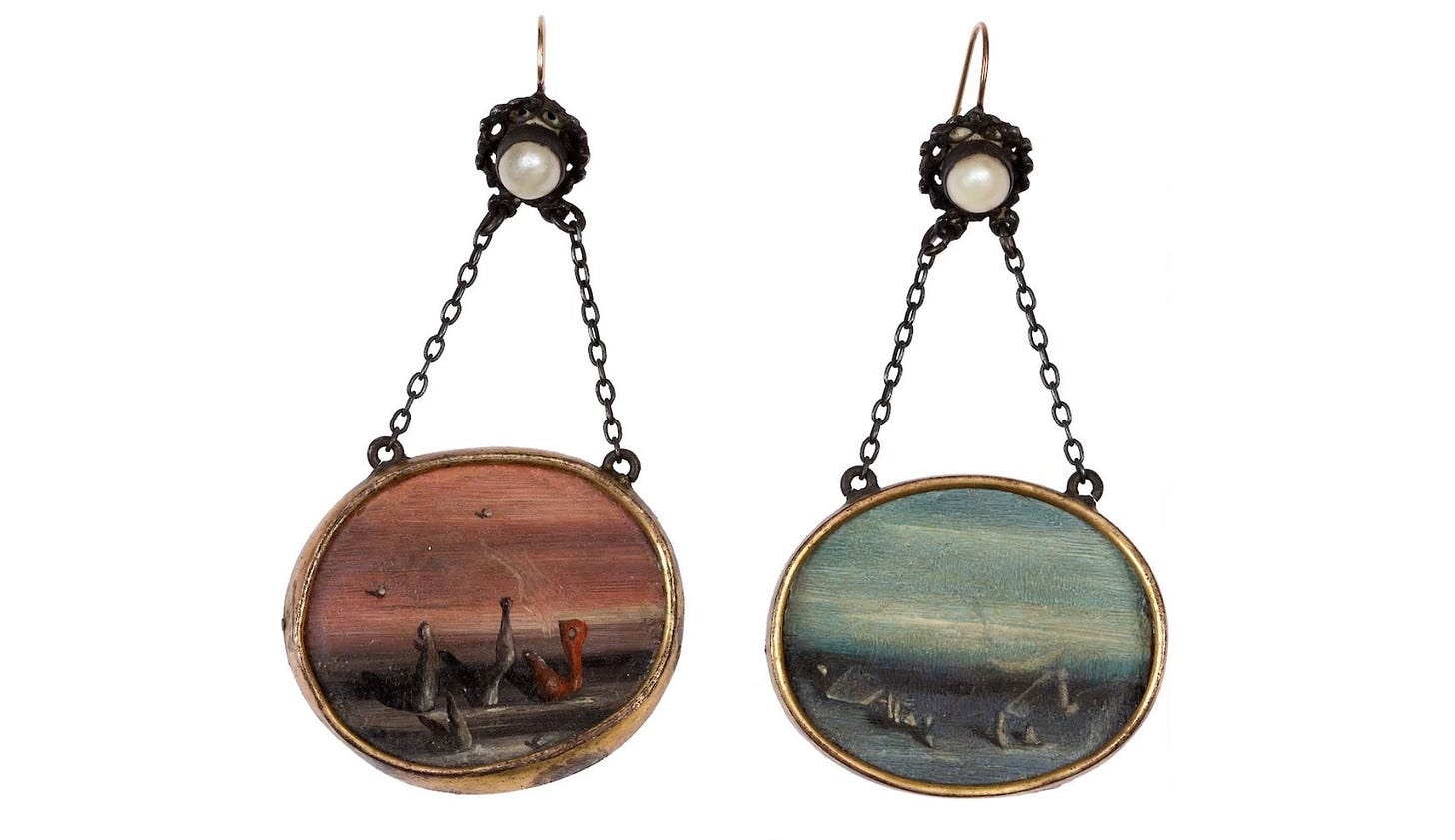
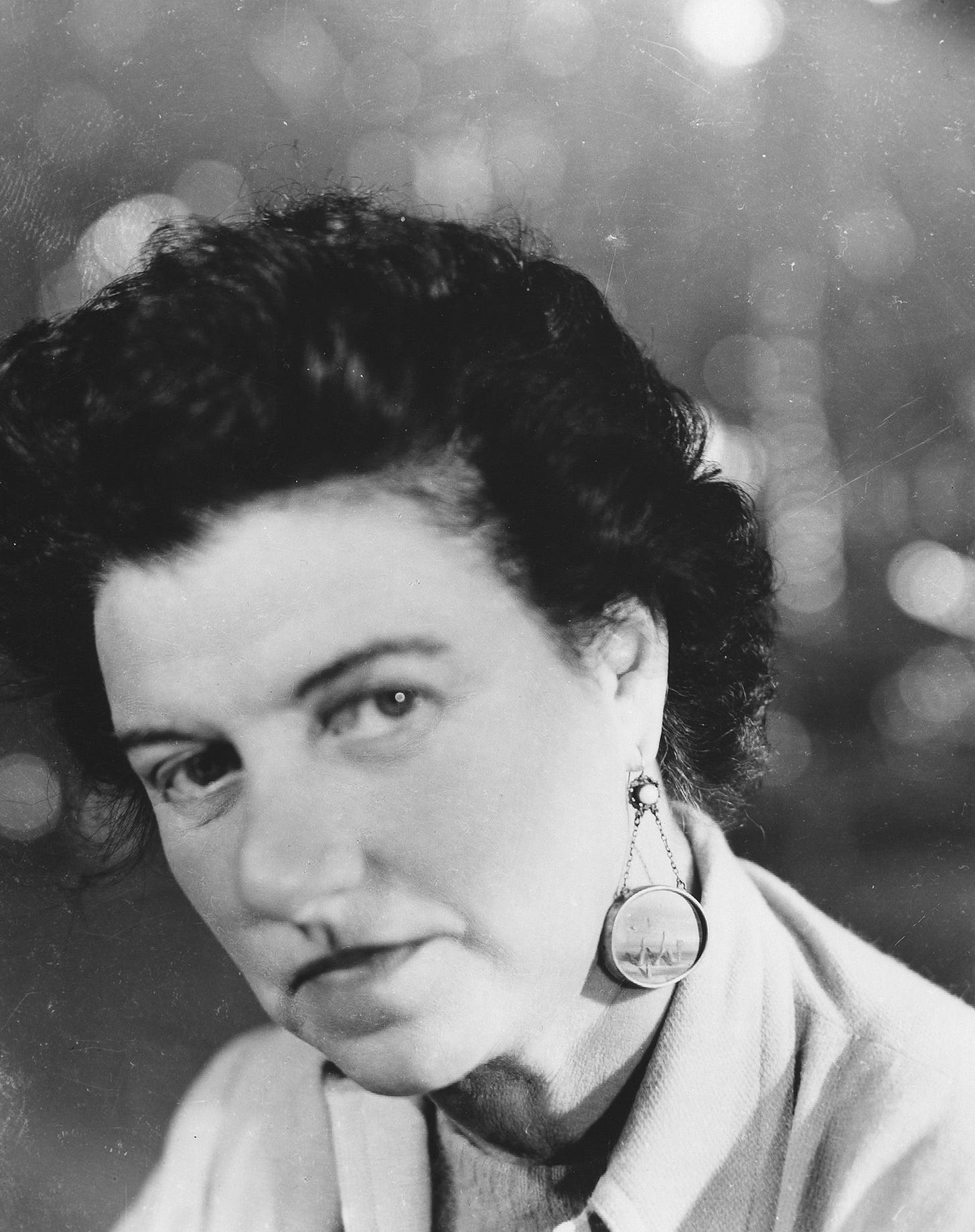
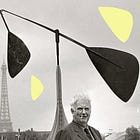


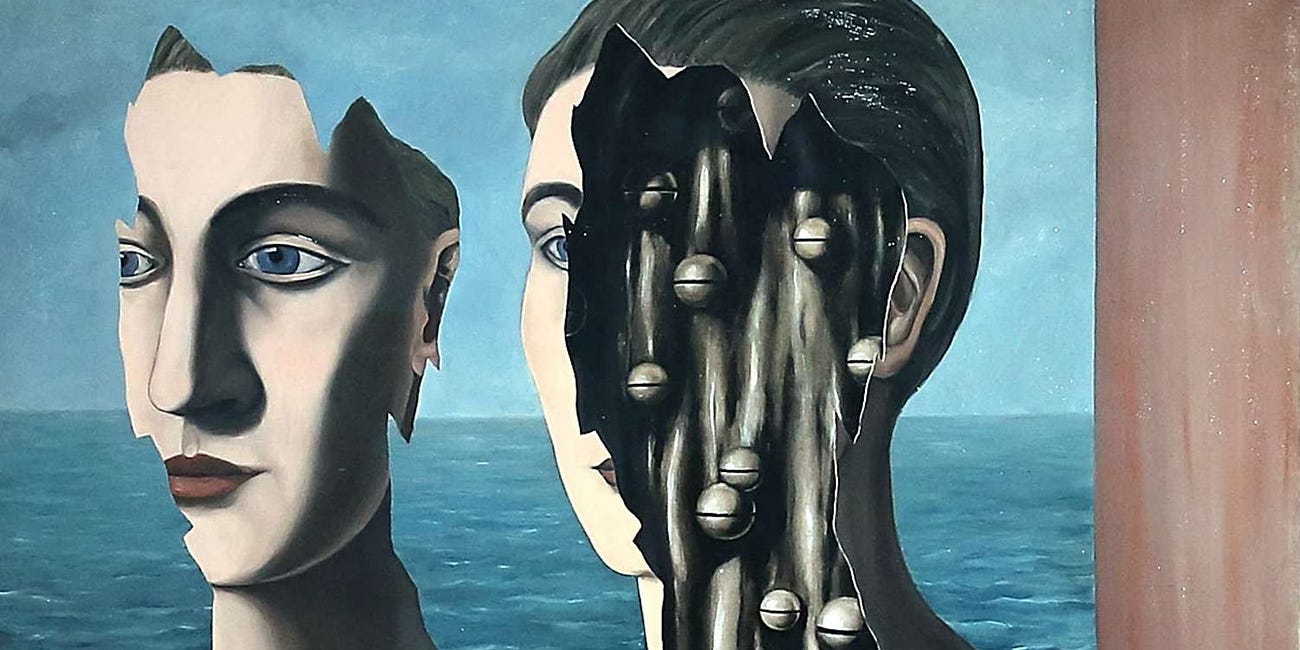
Loved this. The earrings are amazing.
Those earrings! 😍